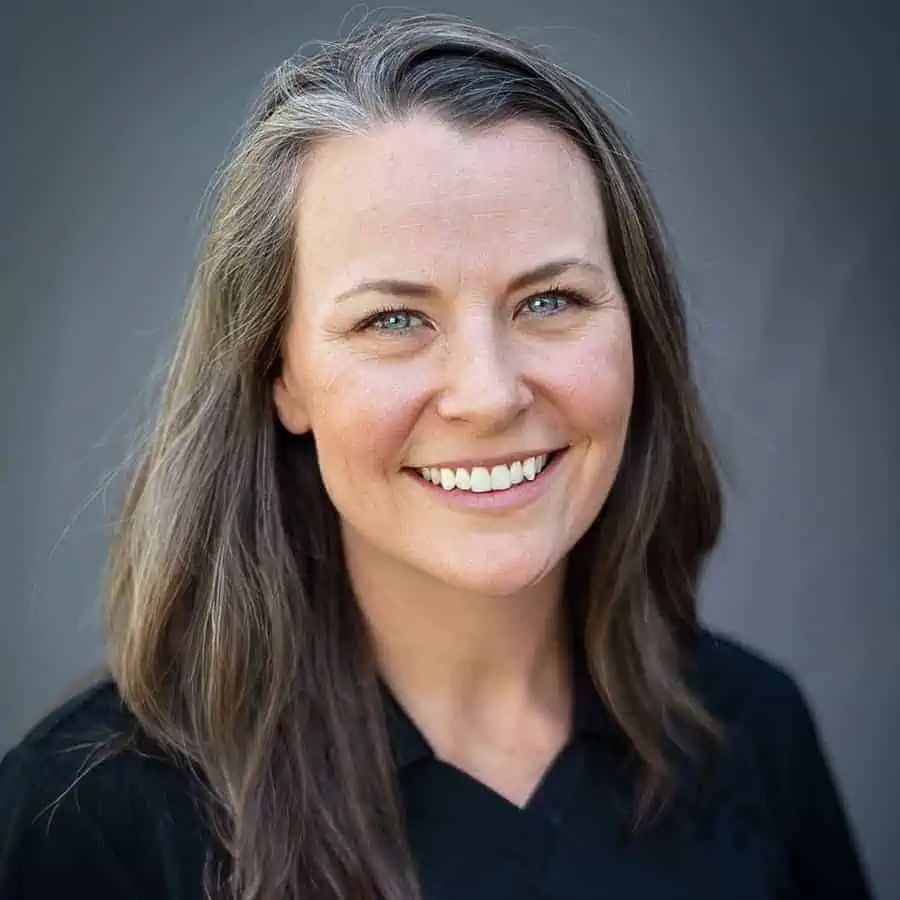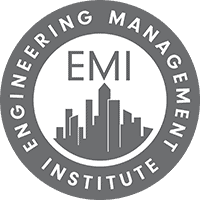Podcast: Play in new window | Download | Embed

***The video version of this episode can be viewed here.***
Engineering Quotes:
Here Are Some of the Questions We Ask Cesar:
- What motivated you to specialize in seismic resilience, and how has your role at Solid Rock and KPFF contributed to shaping your career in this field?
- Did growing up in earthquake-prone Venezuela inspire your desire for resilience, and how did that influence your perspective?
- Can you briefly explain BIM and how it combines project coordination, visualization, and data management?
- How has the integration of BIM improved and streamlined collaboration among the various parties involved in the construction process?
- Can you elaborate on the significance of BIM standards and why they are crucial?
- Do companies face issues when their BIM standards differ, or do they easily align when collaborating on aspects like mechanical and plumbing?
- How do you strategize and set standards in meetings before a project among all parties involved?
- How do you coordinate with different disciplines and team members in the BIM environment, considering the vast communication and building information involved?
- What are some common challenges in using BIM for structural engineering, and do you have any tips to overcome them?
- Given the advancements, particularly in software, where do you anticipate BIM modeling heading in the next few years?
- For engineers just starting, particularly those interested in leveraging BIM technologies, what advice would you offer them?
- Do you have any advice for foreign students seeking employment in the U.S.?
Here Are Some of the Key Points Discussed About Leveraging BIM for Effective Stakeholder Collaboration:
- Passionate about earthquake engineering, Cezar is driven to design structures for public safety. His practical experience at companies like KPFF and Solid Rock is crucial, in applying theoretical knowledge to real challenges. Cezar emphasizes the importance of mentorship for a successful career in seismic resilience. Overall, a role in a company focused on seismic resilience offers Cezar a solid foundation for meaningful contributions to the industry and community.
- Growing up in earthquake-prone Venezuela inspired Cezar’s passion for resilience. Experiencing seismic events firsthand fueled his desire to contribute to public safety. The challenges of living in such an environment shaped Cezar’s perspective on the importance of seismic resilience in creating safer communities.
- BIM is not just for drawings — it’s a digital powerhouse for coordination and data management. Acting as a hub, BIM integrates design data, facilitating collaboration and minimizing conflicts. Real-time tracking of changes empowers informed decision-making at every project stage.
- BIM is a game-changer for collaboration. It’s a central hub for sharing up-to-date project info and enhancing communication among different stakeholders. With advanced visualization tools, it bridges the gap between technical and non-technical teams. BIM integrates data across disciplines, spotting conflicts early. Importantly, it boosts risk management, helping identify and mitigate potential issues for smoother project outcomes.
- BIM standards are vital for smooth projects, ensuring consistency and efficiency. They establish clear methods, reduce errors, and facilitate collaboration among teams. By defining common data formats and roles, standards streamline communication and improve overall project management.
- Smooth project starts are ensured by coordination meetings among stakeholders, like architects and engineers. These discussions, usually led by project or BIM managers, are crucial for aligning standards and addressing potential conflicts early on, setting the stage for effective collaboration.
- Efficiency is key within a company, and having project templates and standards simplifies processes. Set drawings, details, and notes for each project type to avoid reinventing the wheel. A clear team collaboration process, outlined in an execution plan, communicates file setups, procedures, and roles. Sharing typical details in a shared folder ensures quick access to new or ongoing projects.
- Effective project collaboration relies on clear communication through regular meetings and collaboration platforms. Cultivate a culture of transparency and positive feedback among team members. Utilize BIM collaboration tools and provide the necessary training for optimal skills. Embracing a collaborative environment allows teams to optimize outcomes and achieve shared goals.
- Common BIM pitfalls include the misconception that execution plans are just for big projects when every project needs one. Small businesses can use consultants for cost-effective BIM adoption. Consult experts for the right hardware to avoid issues. Don’t over-detail every aspect. Instead, prioritize essential details for a smoother workflow.
- BIM in structural engineering is evolving fast, with tech integration for accurate analysis. It’s not just for buildings. It’s expanding to infrastructure projects like bridges, promising better collaboration, and efficiency. The future holds advancements in collaboration, innovation, and sustainability, making BIM central to project efficiency and quality across the project lifecycle.
- In the ever-evolving field of engineering, especially with BIM technologies, stay curious and committed to lifelong learning. Take advantage of training, webinars, and development opportunities to deepen your skills. Continuous learning not only keeps you competitive but also makes you an asset. Seek mentorship from experienced professionals for guidance and don’t hesitate to experiment and collaborate with colleagues to solve engineering challenges using BIM and software applications.
- For foreign students seeking employment in the U.S., patience is crucial. Prioritize effective communication over perfect language skills. Attend industry events, tailor your resume to U.S. standards, and apply for roles that match your expertise. Continuously learn and explore different paths within a company, if needed. Persistence, adaptability, and strategic moves will pave the way to success in the U.S. job market.
More Details in This Episode…
About the Guest: Cesar Matheus

Cesar’s academic background is robust and focused on structural engineering. He earned a Postgraduate Diploma in Structural and Earthquake Engineering from INESA | TECHI, completing the program in October 2023. Before this, he obtained a Postgraduate Certificate in Structural Design from the ZIGURAT Institute of Technology in October 2022, further solidifying his expertise in the field. His commitment to understanding the nuances of seismic design led him to complete a Certificate Program in Seismic Design of Reinforced Concrete Structures at Fundación Extensus para Altos Estudios – CSI Caribe in 2018.
At the foundation of his career, Cesar holds a Bachelor of Science in Civil Engineering from Universidad Centroccidental Lisandro Alvarado,’ which he achieved in 2018. This comprehensive educational journey has equipped him with a deep understanding of structural engineering principles, specializing in seismic resilience, which he applies diligently in his professional projects. Cesar’s blend of practical experience and academic achievement positions him as a significant asset in the field of structural engineering, with a particular focus on creating structures that can withstand the challenges posed by natural forces.
About the Hosts
Mathew Picardal, P.E., SE

Rachel Holland, P.E.

Sources/References:
Solid Rock Structural Solutions
KPFF
Building Information Modeling (BIM)
AutoCAD (CAD)
Finite Element Analysis (FEA) Software
Computational Fluid Dynamics (CFD) Software
Connect with Cesar Matheus on LinkedIn
Please leave your comments or questions in the section below on leveraging BIM for effective stakeholder collaboration.
To your success,
Mathew Picardal, P.E., SE, and Rachel Holland, P.E.
Hosts of The Structural Engineering Podcast





